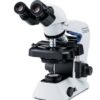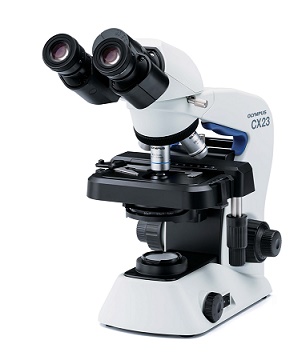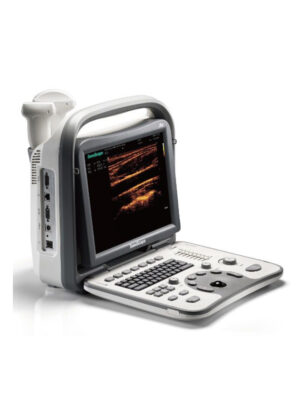Description
The optical microscope, often referred to as the light microscope, is a type of microscope that uses visible light and a system of lenses to magnify images of small subjects. Optical microscopes are the oldest design of microscope and were possibly invented in their present compound form in the 17th century. Basic optical microscopes can be very simple, although many complex designs aim to improve resolution and sample contrast.
The image from an optical microscope can be captured by normal, photosensitive cameras to generate a micrograph. Originally images were captured by photographic film, but modern developments in CMOS and charge-coupled device(CCD) cameras allow the capture of digital images. Purely digital microscopes are now available which use a CCD camera to examine a sample, showing the resulting image directly on a computer screen without the need for eyepieces.
Alternatives to optical microscopy which do not use visible light include scanning electron microscopy and transmission electron microscopy and scanning probe microscopy.
On 8 October 2014, the Nobel Prize in Chemistry was awarded to Eric Betzig, William Moerner and Stefan Hell for “the development of super-resolved fluorescence microscopy,” which brings “optical microscopy into the nanodimension“.
There are two basic types of optical microscopes: simple microscopes and compound microscopes. A simple microscope is one which uses a single lens for magnification, such as a magnifying glass. A compound microscope uses several lenses to enhance the magnification of an object. The vast majority of modern research microscopes are compound microscopes while some cheaper commercial digital microscopes are simple single lens microscopes. Compound microscopes can be further divided into a variety of other types of microscopes which differ in their optical configurations, cost, and intended purposes.








Reviews
There are no reviews yet.